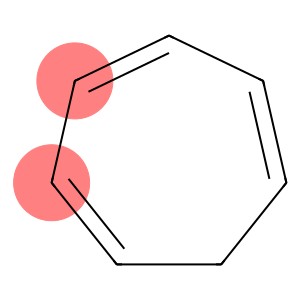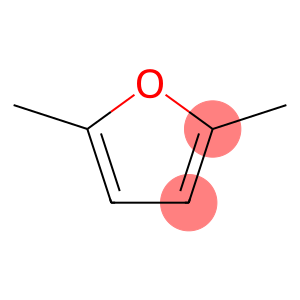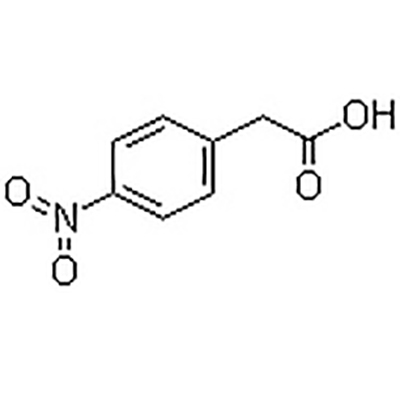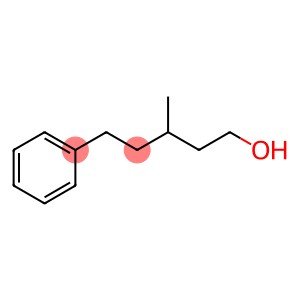Cycloheptatriene(CAS#544-25-2)
| Risk Codes | R11 – Highly Flammable R25 – Toxic if swallowed R36/37/38 – Irritating to eyes, respiratory system and skin. R65 – Harmful: May cause lung damage if swallowed |
| Safety Description | S16 – Keep away from sources of ignition. S26 – In case of contact with eyes, rinse immediately with plenty of water and seek medical advice. S36/37/39 – Wear suitable protective clothing, gloves and eye/face protection. S45 – In case of accident or if you feel unwell, seek medical advice immediately (show the label whenever possible.) S62 – If swallowed, do not induce vomitting; seek medical advice immediately and show this container or label. |
| UN IDs | UN 2603 3/PG 2 |
| WGK Germany | 3 |
| RTECS | GU3675000 |
| FLUKA BRAND F CODES | 10-23 |
| HS Code | 29021990 |
| Hazard Class | 3 |
| Packing Group | II |
Introduction
Cycloheptene is an organic compound with a special structure. It is a cyclic olefin with a colorless liquid that has unique properties.
Cycloheptene has high stability and thermodynamic stability, but its high reactivity makes it easy to have addition, cycloaddition and polymerization reactions with other compounds. It is susceptible to polymerization at low temperatures to form polymers that need to be operated at low temperatures, in an inert atmosphere, or in solvents.
Cycloheptene has a wide range of applications in chemical research. It can be used as an intermediate in organic synthesis for the synthesis of a variety of organic compounds such as olefins, cyclocarbons, and polycyclic hydrocarbons. It can also be used for organometallic catalytic reactions, free radical reactions, and photochemical reactions, among others.
There are several ways to prepare cycloheptantriene. One of the commonly used methods is obtained by the olefin cyclization of cyclohexene and requires the use of high temperatures and catalysts to facilitate the reaction.
It should be stored in an airtight container, away from heat sources and open flames. During operation, appropriate precautions such as wearing protective glasses and gloves are required to prevent contact with skin and eyes. Contact with oxygen, vapor or other flammable substances should be avoided to avoid fire or explosion.








